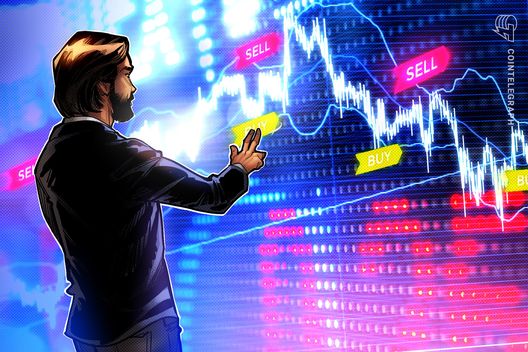News

XRP scored every major win in 2025 with the SEC case resolved and spot ETFs launched, yet the price crashed 50%, with the $5 target remaining elusive.

Base’s push into creator coins is facing mounting criticism from traders and builders after Nick Shirley’s token on Zora spiked to about a $9 million valuation and then promptly slumped.

Crypto privacy is approaching an inflection point as relevant lawsuits near their conclusions and developers pivot toward designs that ensure privacy while appeasing regulators.

Whale accumulation across Solana tokens is headlining crypto-related social buzz as 2026 begins, according to data from Santiment.

Millions of long-inactive users still hold crypto at Bithumb, highlighting how early retail capital can remain untouched for years.

Solana’s bid to move beyond memecoins will depend on whether its upgrades can deliver predictable execution for serious onchain finance.

Tether closed out 2025 with an 8,888 BTC purchase, increasing its disclosed Bitcoin holdings to more than 96,000 BTC.

A trader claimed to have made $1 million by timing a long-short trade after spotting abnormal activity by a market maker account on Binance, while the exchange denied any security breach.

Following the 2012 halving, Bitcoin surged to end the following year at a new high; and a similar pattern played out in 2016 and again in 2020.

BlackRock further separated itself from competitors in the crypto ETF market in 2025, with its Bitcoin and Ether funds, IBIT and ETHA, accounting for the majority of net inflows.